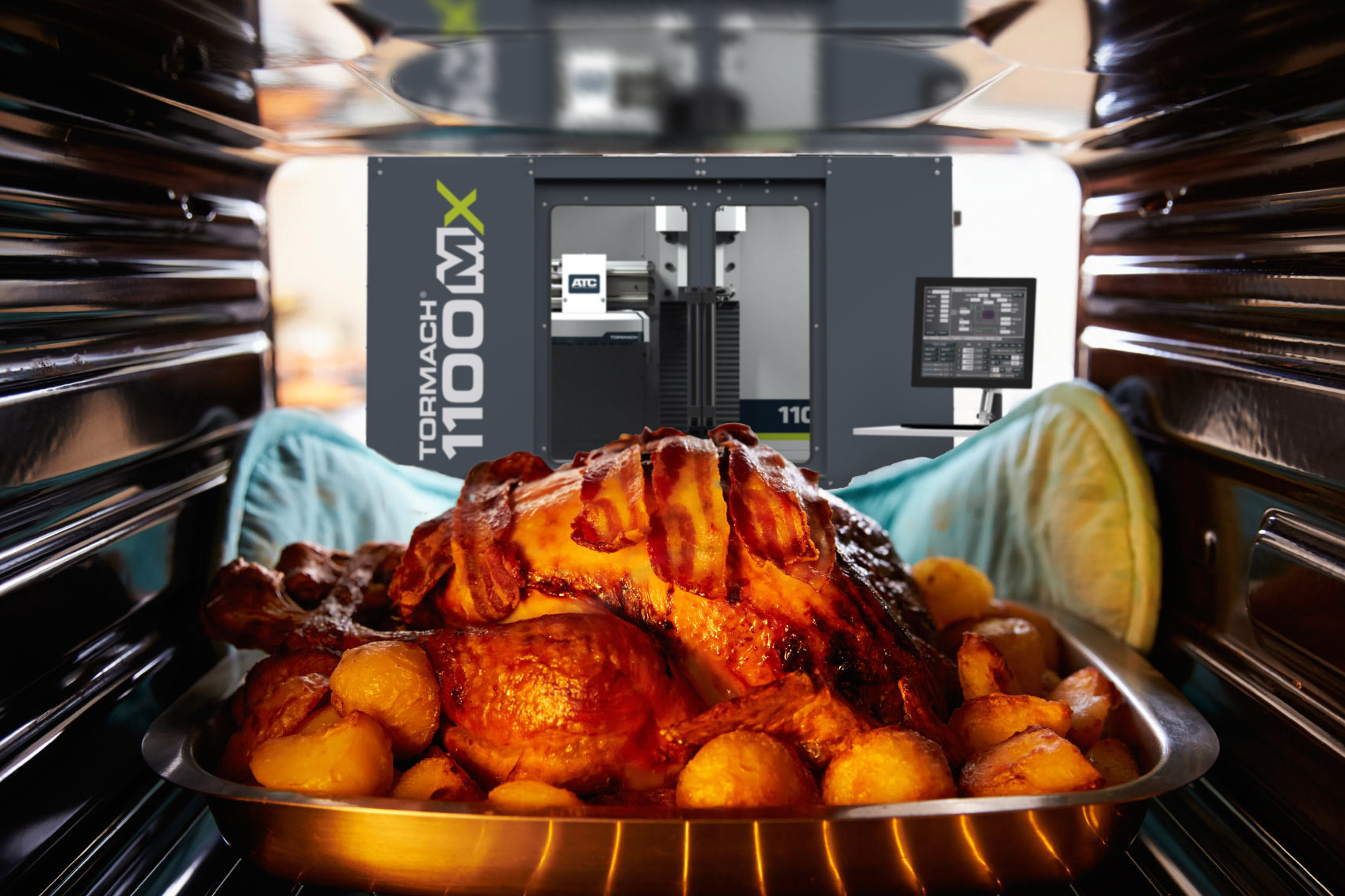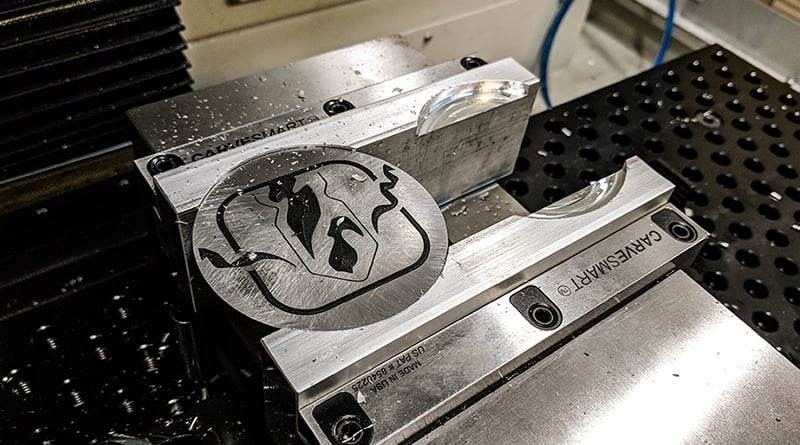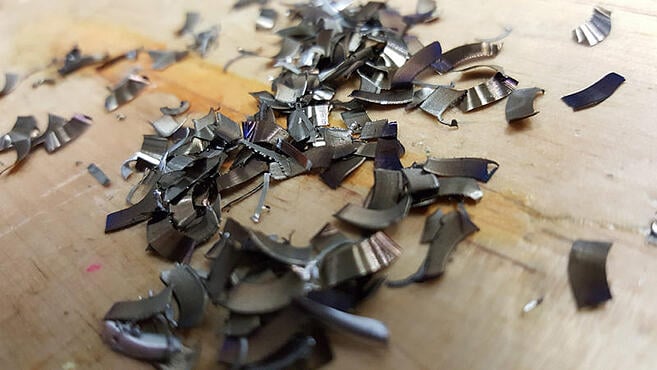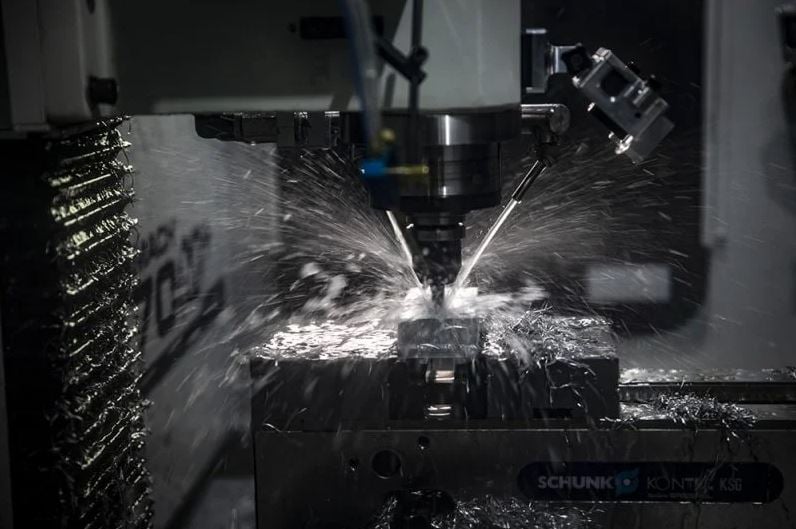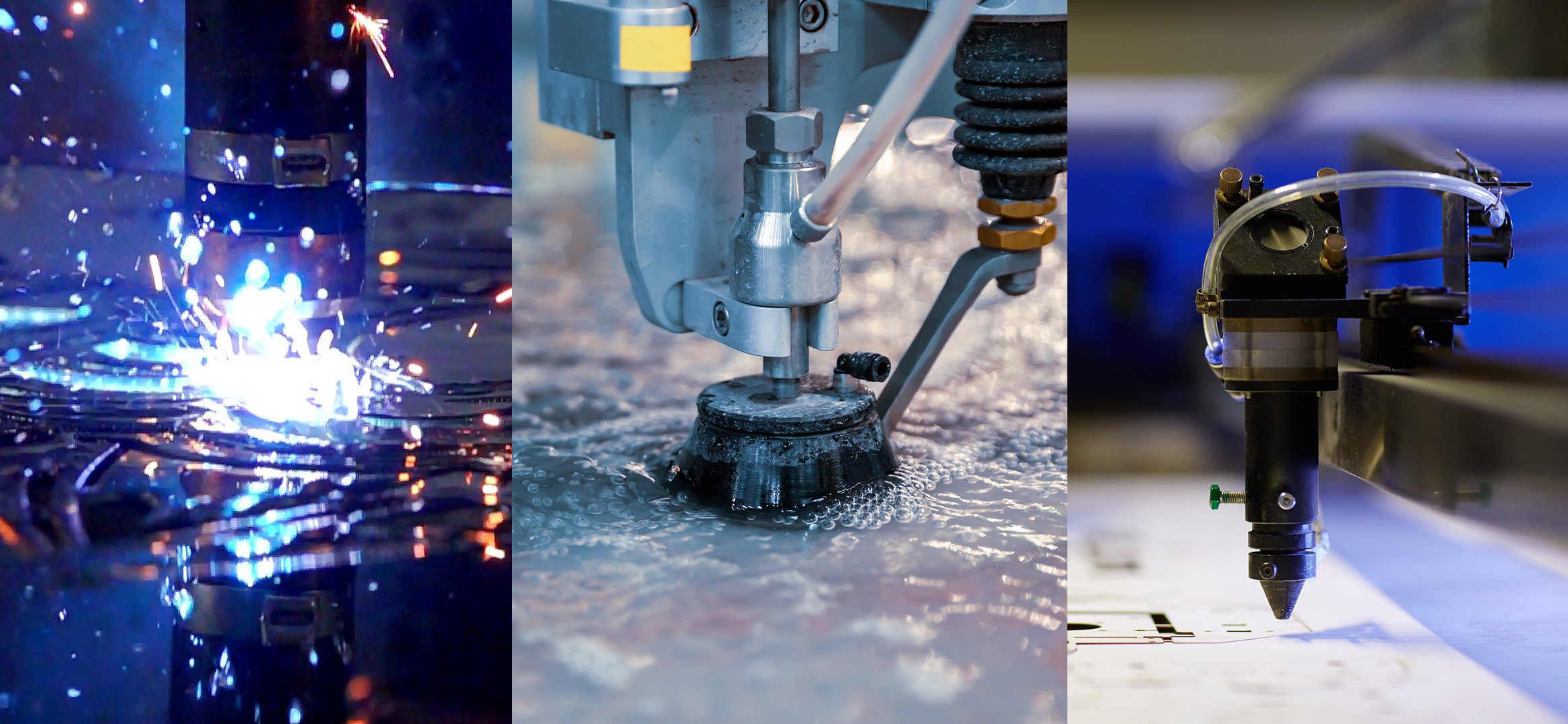If you run a small business - or want to start running a small business - taxes are always an important challenge to consider. You have to know where you can take tax breaks and where they don’t fit your organization. What many small CNC business owners don’t realize is the value of Section 179, and that Tormach machines, even though they are inexpensive, qualify as capital equipment.

